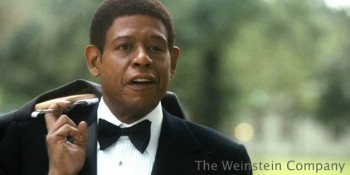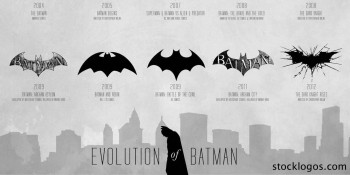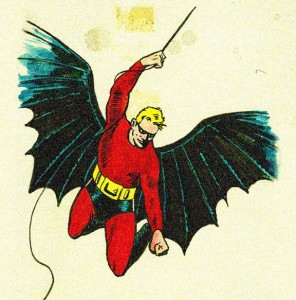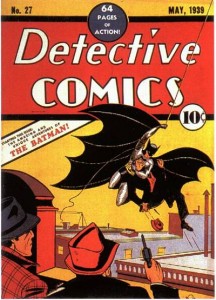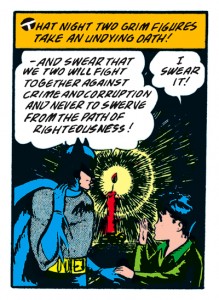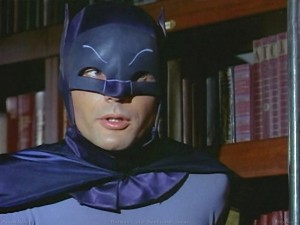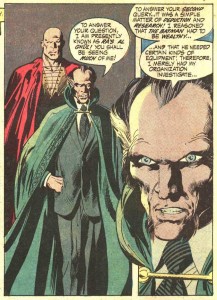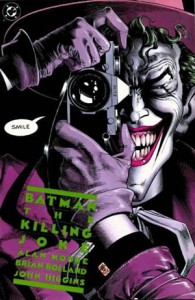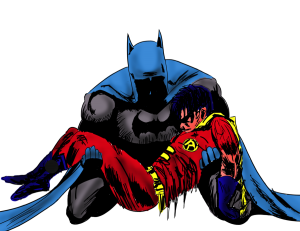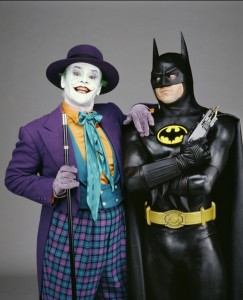70,000 screaming people fill an arena to see two men pretend to fight each other for a fictional championship. They cheer and boo and let the men in the ring know when they do something awesome. It’s a crazy concept, and impossible to explain to those who don’t consider themselves fans of professional wrestling.
But fans know that the 30th edition of the biggest event on the pro wrestling calendar, WWE’s WrestleMania, takes place tonight. The show will be held live at 7 p.m. at the Mercedes-Benz Superdome in New Orleans, La.. Fans across the world can tune in via pay-per-view and, for the first time ever, on the WWE Network.
Fans of professional wrestling often find themselves infuriated by this sport that they supposedly enjoy. It evokes emotions more akin to a football game than a television show, yet it is similar to both. The fans select their guy and cheer for him unrelentingly until he pulls off the big victory or, ultimately, falls to defeat. It’s an art form, one that fans shouldn’t have to justify enjoying to non-fans, and WrestleMania is its ultimate spectacle.
WrestleMania is called the Super Bowl or World Series of professional wrestling. However, that undercuts what makes WrestleMania special. It shouldn’t need to be compared to other sporting events. It is important in its own right.
To the uninitiated, WrestleMania is the annual wrestling supercard in which the WWE brings together its biggest stars, as well as stars from other media, to compete in the biggest matches that people — at least in theory — will want to pay to see. WrestleMania is the one show each year that is supposed to be can’t-miss, and reverberates across popular culture even for people who have never seen a wrestling match.
WrestleMania was first broadcast in 1985 by WWE, then called the World Wrestling Federation (WWF), as part of the Rock ‘n’ Wrestling pop culture push of WWF owner Vince McMahon. The marketing scheme was designed to push the WWF into the mainstream. It has been stated on numerous occasions that the first WrestleMania was a huge gamble that easily could have broken the bank for McMahon. The owner of the WWF paid big money to bring in the biggest celebrities to make WrestleMania into a mainstream entertainment attraction. Mr. T, Cyndi Lauper, Muhammad Ali, Billy Martin, Liberace, and the Rockettes all appeared on that first WrestleMania in the mecca of pro wrestling, Madison Square Garden. Obviously, the gamble paid off, and McMahon’s WWF became a pop culture powerhouse.
Celebrity involvement has continued to have a huge impact on WrestleMania and has kept the Show of Shows in the public consciousness year after year. Real moments that transcend professional wrestling have occurred inside WrestleMania rings. Morton Downey Jr. was on the receiving end of a fire extinguisher, courtesy of Rowdy Roddy Piper. Mike Tyson marked down one more knockout when he threw a fist at Shawn Michaels. And Floyd Mayweather defended his undefeated streak against the seven-foot-tall Big Show.
WrestleMania also creates its own moments within the context of professional wrestling that are remembered fondly for years. Hulk Hogan drew in the power of his Hulkamaniacs and gained the strength to body slam Andre the Giant. Shawn Michaels and Bret Hart fought for an hour before Shawn was able to gain victory and attain his boyhood dream of being WWF Champion. Steve Austin, refusing to quit, passed out from blood loss in an epic battle with Hart. Hogan later remembered his days as a hero and Hulkamania came back to life with thousands of screaming Hulk fans cheering him on. Ric Flair’s unbelievable career came to a sad but powerful and appropriate end when Shawn Michaels delivered his finishing blow after saying, “I’m sorry. I love you.”
These are incredible moments hardly achieved in movies, and they take on new meaning when put into the context of the semi-real environment of professional wrestling. Those screaming fans are real. I was one of them when John Cena gained his redemption by defeating The Rock last year. It’s live theater that thrives on its audience and tells stories that are still somewhat real. Flair really was retiring. Hogan really was returning to his roots. Austin’s never-say-die attitude really was winning over fans across the country.
Anyone who doubts that professional wrestling is an art form needs only to watch any of Shawn Michaels’ 17 WrestleMania matches. They tell stories, cause your jaw to drop, and always leave you guessing. As a fan, Michaels’ matches allowed me to live vicariously through a young man trying to achieve his dream, an older man trying to prove he could still go with the best of them, and a loving man, wrestling with his idol and friend in a match played out better than any Rocky movie. Michaels’ career even ended in a most amazing story, with the Heartbreak Kid’s certitude in his abilities getting the better of him as he tried desperately to end professional wrestling’s greatest winning streak.
The Undertaker’s WrestleMania streak is itself a storytelling device. The Undertaker is, on the surface, an anachronism of a very silly time in professional wrestling. When Mark Calaway first debuted as the western mortician character with zombie characteristics, the WWF was going through a living cartoon phase, with wrestlers taking on the personalities of clowns, tax collectors, repo men, and so much worse. Yet even after these characters faded into oblivion, the Undertaker remained, and he achieved legendary status.
The Undertaker has become such a fact of professional wrestling that even when he is preparing to enter the ring with a legitimate UFC champion, no one bothers to question the realism of the character. The Undertaker has, in the 23 years since his debut, become an unbeatable superhero to fans of all ages, and his WrestleMania matches thrive off of the feeling of watching an epic blockbuster movie.
Speaking of superheroes, Cena and Hogan are the epitome of the Superman character in professional wrestling. Starting at the first WrestleMania, the Hulkster was the ultimate hero to kids growing up in the 1980s and early 1990s. No matter how large the challenge, Hulkamania was able to overcome. For the past decade, Cena has thrived off of the same type of fan support, defeating the best men in the business in WrestleMania main event after main event.
It is WrestleMania that draws in new and old fans every year. The spectacle is too much to ignore. The mainstream hype is too strong to miss. The iconic battles between legendary wrestlers makes the show worth the money, and the climax of feuds brings a sense of third-act closure to the year-long movie of professional wrestling.
Whether we watch for our superheroes like Hogan, Cena, or the Undertaker, rock stars like Edge, Chris Jericho, or the Hardy Boys, or for the working class heroes struggling to achieve greatness, like Daniel Bryan, Austin, CM Punk, or Mick Foley, we can all find something appealing about the WrestleMania experience. It is the most unique spectacle in sports and entertainment.




